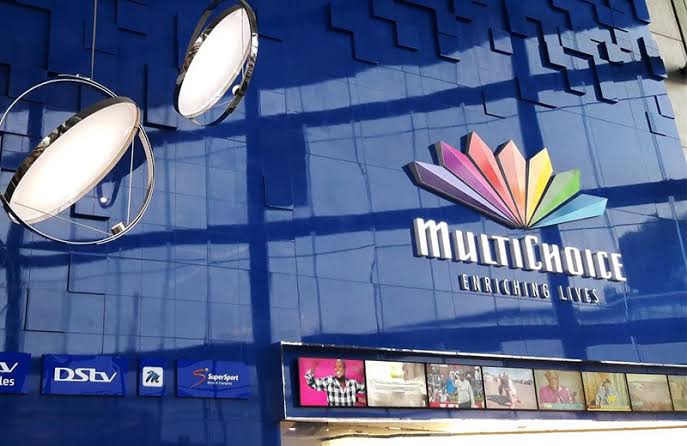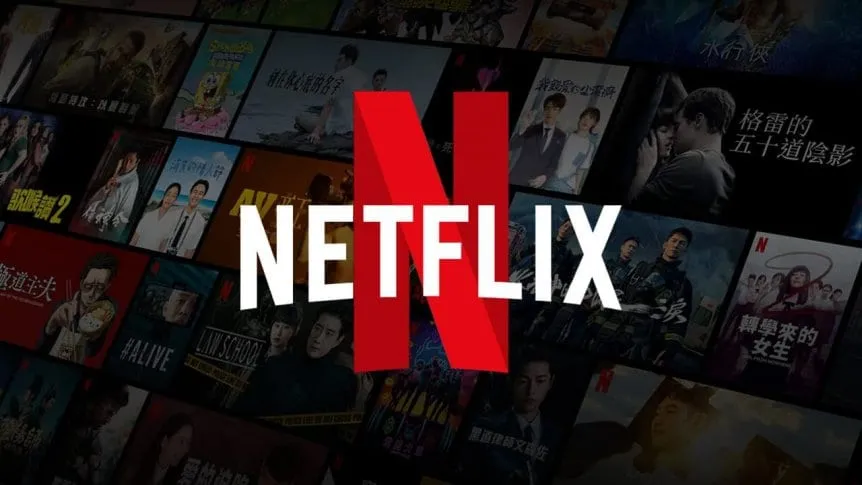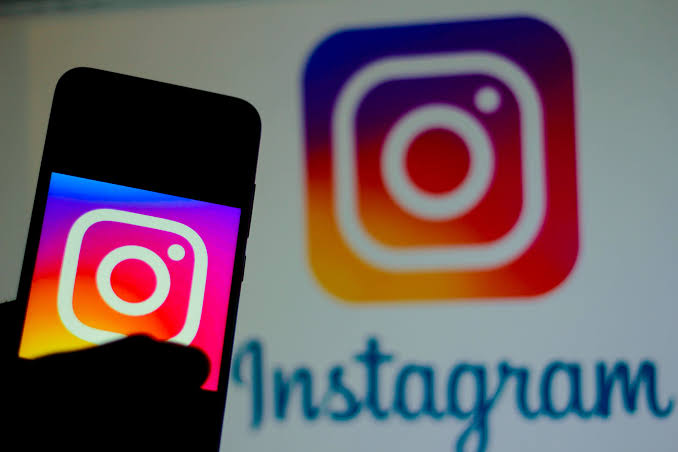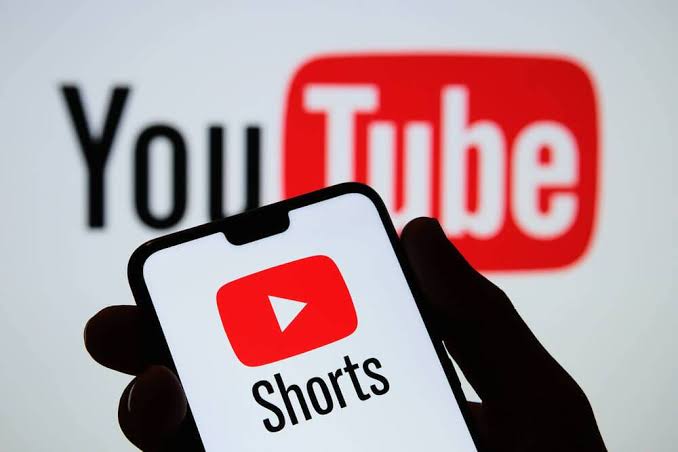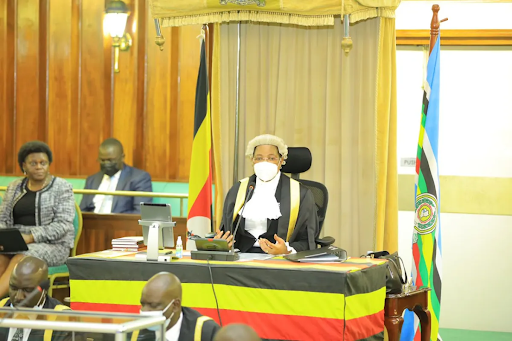YouTube, the video-sharing platform, has introduced a new feature specifically for its creators, but still regular users can take advantage of it to change the way they identify their channels or even themselves. As a result of this new functionality, any user on the site can now have their very own name handle.
The platform is known for its unique user engagement, and Recently, Netflix also introduced a feature that is identical to the one that is now available on YouTube. Previously, this function was exclusive to the gaming community on both platforms; however, from now on, it will be available across the board and to all users.
YouTube has introduced a number of new features over the past several years, but the most significant of these is YouTube Shorts, which functions in a manner very similar to that of TikTok and Instagram Reels.
Read also: YouTube Takes on TikTok: Give Creators 45% Revenue
YouTube Name Handle Feature
It is well known that the “@name handle” system is primarily available on social media platforms like Instagram and Twitter. This system makes it simpler to tag a person in a post and provides a one-of-a-kind name ID.
When you tag a creator or user in the comment section or in the description of a Short, you may find that it is not as simple as it is on the other platform; nevertheless, this will soon be the case because YouTube has also included the same @-handles.
The creator will receive a notification in their Creator Studio in the form of a notification or an email. This handle will appear in the channel URL as well as on the main page of the creator’s YouTube channel.
Get Your YouTube handle right away!
- Handles are a new, unique identification (for instance, @youtubecreators) that will be used for ALL YouTube channels.
- People will be able to find you and your YouTube channel due to your unique @handle.
- Additionally, since handles are unique (unlike channel names), it is simple to determine if you are interacting with the correct individual or not.
- Your username will also serve as the URL for your specific channel (for instance, youtube.com/@youtubecreators).
- Prior to this update, only creators with 100+ subscribers were qualified for a custom URL; however, now all channels will have a special URL based on their handle!
- In the upcoming months, users will be able to utilize your handle on YouTube in comments, mentions, short videos, and more.
Availability
The YouTube handles change will be made available to all channels over the next few weeks in a phased rollout. Once it has been rolled out to all channels, your handle will start to appear in a few places across YouTube (and more over time), including the Shorts player, search results, your channel page, comments and mentions, and other places. This will continue to increase over time.
Because of this, you need to get prepared to pick up your favourite handle before someone else does so. And if the channel owner didn’t choose their handle before November 14th, then YouTube will choose one for them based on their channel name; however, you are free to modify it at a later time if you so desire.
In addition, you can look for additional information in the official FAQ. On the other hand, YouTube’s future strategy for watermarking short videos will be facilitated by this functionality.



